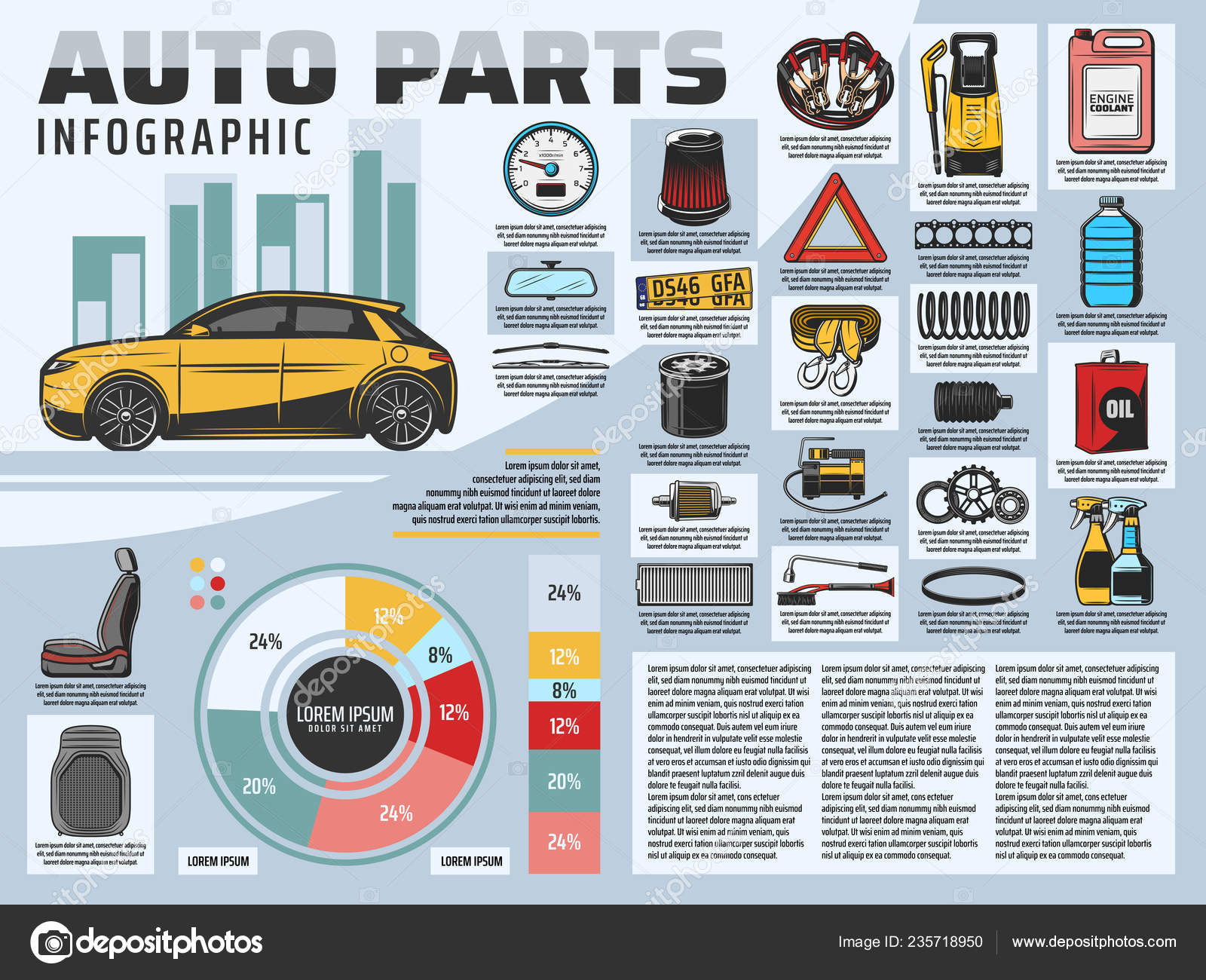Inform Yourself On The Dashboard Caution Lights In Your Car To Understand Their Effect On The Health And Safety Of Your Vehicle
Inform Yourself On The Dashboard Caution Lights In Your Car To Understand Their Effect On The Health And Safety Of Your Vehicle
Blog Article
Authored By-Cummings Conradsen
When you lag the wheel, those glowing caution lights on your control panel can be a bit difficult. Do you know what they're trying to inform you regarding your automobile's health? Comprehending https://augustrnhdx.theisblog.com/27905441/reveal-the-techniques-to-effortlessly-alter-your-car-s-oil-and-all-at-once-cut-costs-with-this-thorough-step-by-step-overview of these lights is vital for your security and the long life of your car. So, the following time among those lights turns up, would not you want to understand its message precisely and take the necessary steps to address it?
Common Caution Lighting and Interpretations
Recognize usual caution lights in your automobile and understand their meanings to make sure safe driving.
One of the most typical warning lights consist of the check engine light, which signals problems with the engine or discharges system. If this light comes on, it's vital to have your automobile checked immediately.
The oil pressure warning light shows reduced oil stress, requiring immediate attention to stop engine damages.
https://ecuremapping73951.madmouseblog.com/8169552/professional-tips-exactly-how-to-cut-down-on-expenditures-for-auto-repairs-at-your-community-technician flashing battery light could recommend a malfunctioning billing system, potentially leaving you stranded if not attended to.
The tire stress tracking system (TPMS) light notifies you to reduced tire stress, affecting vehicle stability and fuel efficiency. Overlooking https://ktla.com/automotive/spend-less-at-the-pump-with-these-fuel-saving-tips/ might result in risky driving problems.
The abdominal muscle light shows an issue with the anti-lock braking system, endangering your ability to stop promptly in emergencies.
Last but not least, the coolant temperature advising light warns of engine overheating, which can cause severe damages if not resolved quickly.
Recognizing these common caution lights will help you resolve concerns promptly and keep risk-free driving conditions.
Relevance of Prompt Focus
Recognizing the usual warning lights in your automobile is just the very first step; the relevance of promptly dealing with these warnings can't be stressed sufficient to ensure your safety when driving.
When a warning light brightens on your control panel, it's your automobile's way of interacting a possible concern that requires interest. Neglecting these warnings can bring about a lot more serious troubles later on, endangering your security and potentially costing you a lot more out of commission.
Trigger focus to cautioning lights can avoid failures and crashes. For example, a blinking check engine light can indicate a misfire that, if left unattended, might create damages to the catalytic converter. Resolving this without delay can conserve you from an expensive fixing.
In a similar way, a brake system warning light might signal reduced brake fluid or used brake pads, essential elements for your safety and security when driving.
Do It Yourself Troubleshooting Tips
If you notice a caution light on your dashboard, there are a few do it yourself repairing ideas you can attempt before looking for specialist aid.
The very first step is to consult your automobile's guidebook to understand what the particular caution light suggests. Often the problem can be as basic as a loosened gas cap activating the check engine light. Tightening up the gas cap may settle the issue.
Another common problem is a low battery, which can trigger various cautioning lights. Inspecting the battery connections for rust and ensuring they're secure could fix the trouble.
If a caution light lingers, you can attempt resetting it by detaching the auto's battery for a few minutes and afterwards reconnecting it. Furthermore, examining your vehicle's fluid degrees, such as oil, coolant, and brake liquid, can aid repair cautioning lights connected to these systems.
Conclusion
To conclude, recognizing your cars and truck's warning lights is necessary for keeping your lorry running efficiently and securely. By promptly dealing with these alerts and recognizing what they suggest, you can prevent costly repairs and potential failures.
Bear in mind to consult your auto's manual for specific details on each alerting light and do something about it appropriately to ensure a hassle-free driving experience.
Keep educated, stay secure when driving!
